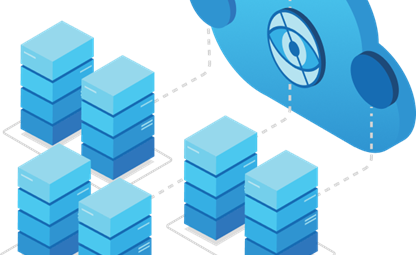07 Nov 2016
Agile Project Management

Agile project management is a software development framework that serves as an alternative to traditional, linear design processes. The Agile Manifesto was written in 2001, and since then a multitude of agile methodologies have emerged. One of the most common variants of the agile framework uses scrums or cross-functional teams that work collaboratively in two-to-four-week intervals (sprints) to address specific aspects of an ongoing project.
What's in a Name?
The name "scrum," not to be confused with an acronym, actually comes from a term in rugby. As a noun, it refers to the scrum team that participates in the daily stand-up meetings commonly referred to as the daily scrum. The three main scrum roles, specifically the scrum team, the scrum master and the product owner, take the place of the traditional project management hierarchy and focus directly on the needs of the customer.
Doing Scrum
Scrum also refers to the mindset: All participants in the process are "doing scrum." When professionals working on a project commit to "doing scrum," they accept the underlying values and features of the scrum framework -- ongoing peer review and inspection; adaptation; mutual respect; participating in an iterative, non-sequential work process; and commitment to reaching a collaborative definition of "done" (commonly known in agile terms as DoD).
The 3 Pillars of Scrum: Transparency, Inspection and Adaptation
There are three pillars of scrum in the variant of agile development we are describing: transparency, inspection and adaptation. These terms refer to the collaborative process that all members of the scrum team submit to during the work iteration: all work is up for review, all work will be inspected by all members of the team, and every aspect of the process goes through adaptation as conditions in the development process change.
The result is a more flexible and collaborative approach to product software development. Furthermore, it's always focused on the customer assuring that the results are functional, complete, and in accordance to the customer's needs.


